

Skill development is considered one of the critical aspects of job creation in India. India has a unique demographic advantage with more than 60 per cent of the population being in the young age group. But to get dividends from such a large workforce, improvement in employability is required. The pandemic triggered a recession. To survive the pandemic, everyone had to reskill with new and effective working techniques to adapt to the new way of working. Due to the ongoing circumstances, companies have started hunting for applicants with additional training that our school system has been unable to supply.
In India, more than 54 per cent of the population is under 25, and more than 62 per cent of the population is in the working age group of 15–59. However, only 2 per cent of the population is formally skilled, says a report by the Ministry of Skill Development and Entrepreneurship. Employers have stated that a skill shortage has led to challenges in filling job openings. We must focus on skilling, upskilling and reskilling to continue to provide job opportunities for the workforce.
Business, technology and data science are three of the most sought-after skill sets driving employment in the digital economy, according to a report by Coursera that uses data from 100 million students. According to the survey, India’s technical proficiency levels increased from 38 to 46 per cent, boosting its standing by six points.
Industry forecast predicts that India will add 28 million new technology jobs by 2025. The (GSR) Global Skills Report for 2022 highlights the crucial need for Indian learners to close the critical skills gap, particularly in data science, to prevent this digital potential from becoming a missed opportunity. Indian students’ data science abilities are still lacking behind as India drops by 12 rankings and receives poor marks for fundamental and specialised data science abilities, including data management (22 per cent), statistical  programming (14 per cent), and data visualisation (10 per cent). Machine learning and cloud computing remain India’s strongest domain competency and technical skills.
programming (14 per cent), and data visualisation (10 per cent). Machine learning and cloud computing remain India’s strongest domain competency and technical skills.
Business, technology and data science are three of the most sought-after skill sets driving employment in the digital economy, according to a report by Coursera that uses data from 100 million students. According to the survey, India’s technical proficiency levels increased from 38 to 46 per cent, boosting its standing by six points.
As one of the youngest nations where the average youth is 29 years, India has the potential to convert this pool of young population into human capital, provided quick attention is given to skilling and education. The scheme initiatives focus on creating a space for promoting the talents of youths and creating job opportunities for them.
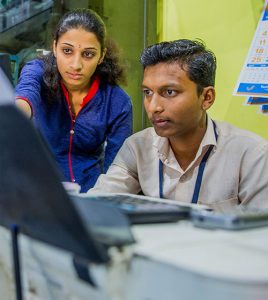
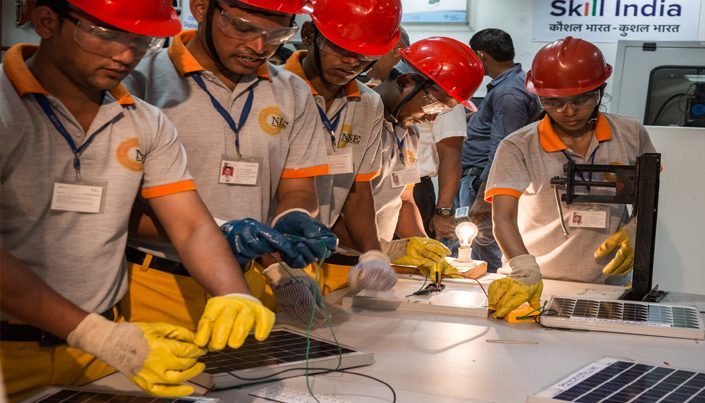

Some of the schemes and initiatives introduced by the Indian Government to skill the Indian youth are:
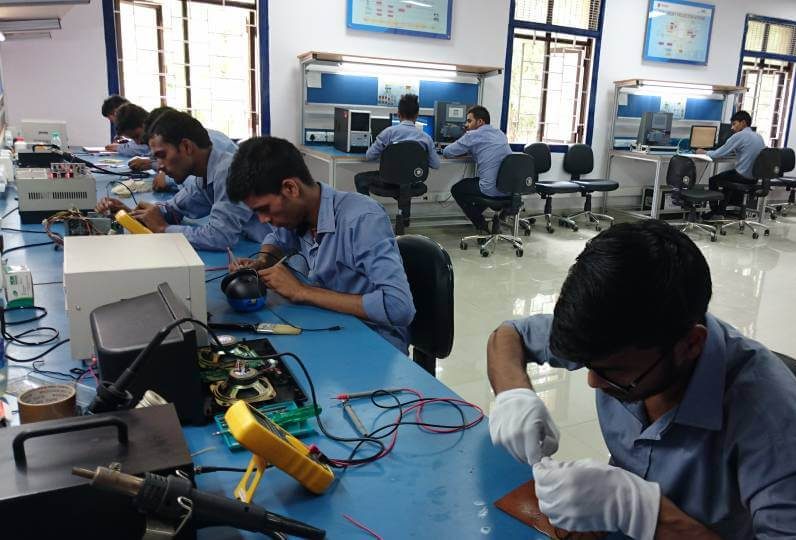 Pradhan Mantri Kaushal Vikas Yojana (PMKVY): It is the flagship scheme of the Ministry of Skill Development & Entrepreneurship (MSDE), implemented by the National Skill Development Corporation (NSDC). The objective is to enable Indian youths to take up industry-relevant skill training to help them secure a better livelihood.
Pradhan Mantri Kaushal Vikas Yojana (PMKVY): It is the flagship scheme of the Ministry of Skill Development & Entrepreneurship (MSDE), implemented by the National Skill Development Corporation (NSDC). The objective is to enable Indian youths to take up industry-relevant skill training to help them secure a better livelihood.
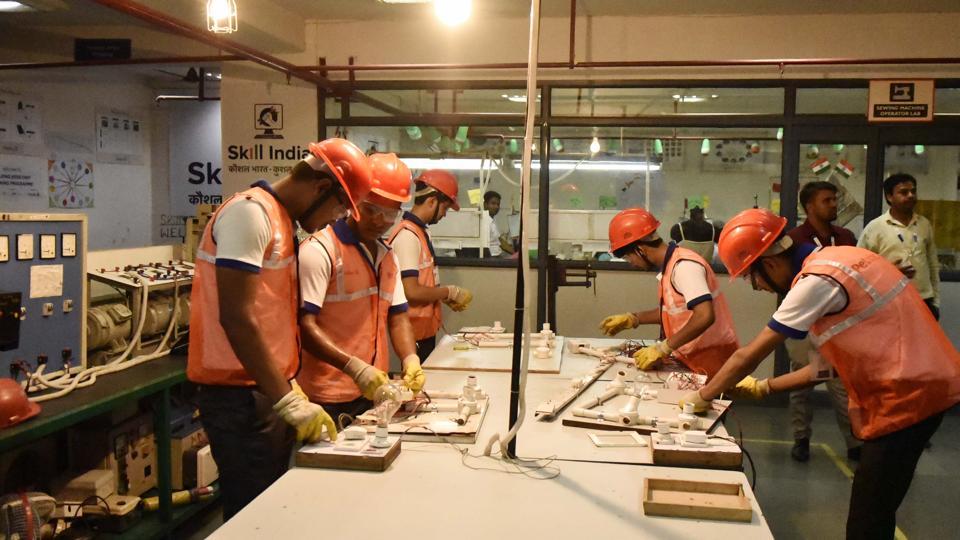 Skills Strengthening for Industrial Value Enhancement (STRIVE): This is a World Bank-assisted Government of India project to improve the relevance and efficiency of skills training provided through Industrial Training Institutes (ITIs) and apprenticeships.
Skills Strengthening for Industrial Value Enhancement (STRIVE): This is a World Bank-assisted Government of India project to improve the relevance and efficiency of skills training provided through Industrial Training Institutes (ITIs) and apprenticeships.
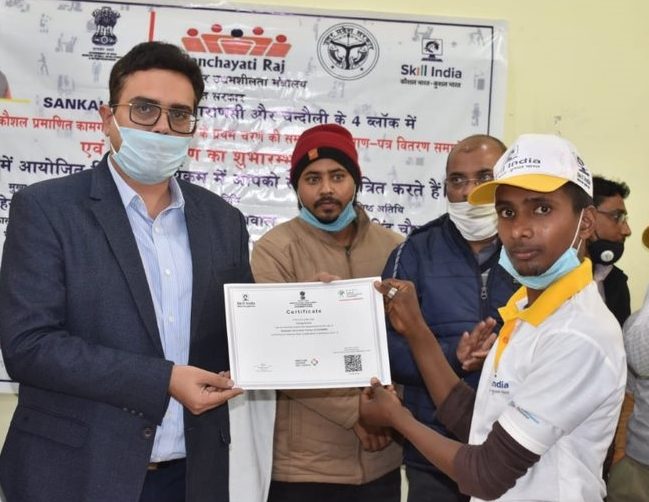 Skill Acquisition and Knowledge Awareness for Livelihood Promotion (SANKALP): It is a programme of the Ministry of Skill Development with loan assistance from the World Bank. It aims to improve short-term skill training qualitatively and quantitatively through institutions, bringing in better market connectivity and inclusion of marginalised sections of society.
Skill Acquisition and Knowledge Awareness for Livelihood Promotion (SANKALP): It is a programme of the Ministry of Skill Development with loan assistance from the World Bank. It aims to improve short-term skill training qualitatively and quantitatively through institutions, bringing in better market connectivity and inclusion of marginalised sections of society.
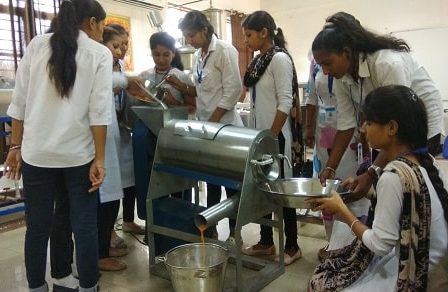 Vocational Training Programme for Women: This project provides vocational trades that particularly suit women. In addition to the existing 11 institutes, eight new national training institutes have been set up in Tamil Nadu, Punjab, Himachal Pradesh, Tripura, Bihar, Goa, Telangana and Jammu & Kashmir to enhance the skill training facilities for women in India.
Vocational Training Programme for Women: This project provides vocational trades that particularly suit women. In addition to the existing 11 institutes, eight new national training institutes have been set up in Tamil Nadu, Punjab, Himachal Pradesh, Tripura, Bihar, Goa, Telangana and Jammu & Kashmir to enhance the skill training facilities for women in India.
Atmanirbhar Bharat Abhiyaan (Self Reliant India) campaign is the vision of a new India envisaged by the Hon’ble Prime Minister, Shri Narendra Modi. The aim is to make the country and its citizens independent and self-reliant in all senses. The Government has taken several bold reforms such as supply chain reforms for agriculture, rational tax systems, simple and clear laws, capable human resources and a strong financial system as per the campaign.
India International Skill Centres (IISCs): The Government of India is keen to bridge the global labour shortage in the coming years by reaping the demographic dividend of the young Indian labour force. To meet this objective, the Ministry of Skill Development & Entrepreneurship (MSDE), under the Skill India Mission, has set up India International Skill Centre (IISC) to provide skill training and certification benchmarked to international standards.

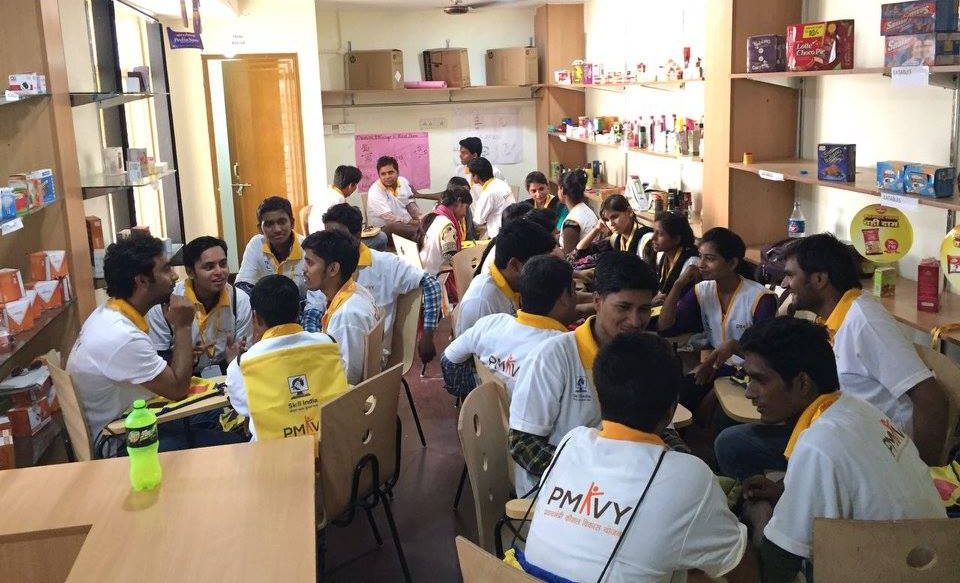

Atmanirbhar Bharat Abhiyaan (Self Reliant India) campaign is the vision of a new India envisaged by the Hon’ble Prime Minister, Shri Narendra Modi. The aim is to make the country and its citizens independent and self-reliant in all senses. The Government has taken several bold reforms such as supply chain reforms for agriculture, rational tax systems, simple and clear laws, capable human resources and a strong financial system as per the campaign.
Large corporations in India are also contributing to preparing the young for the future.
Examples of CSR initiatives undertaken by some companies to empower the youth:
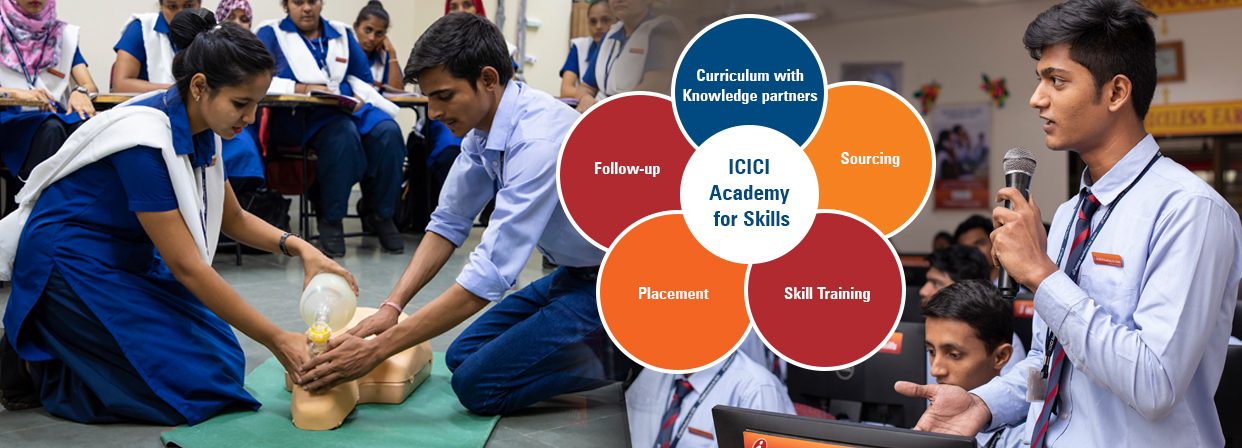 ICICI Academy for Skills is the flagship initiative by ICICI Foundation to provide underserved youth with industry-specific employment opportunities and skillsets. The Academy provides vocational training courses, communication skills and financial literacy in over 27 centres across India.
ICICI Academy for Skills is the flagship initiative by ICICI Foundation to provide underserved youth with industry-specific employment opportunities and skillsets. The Academy provides vocational training courses, communication skills and financial literacy in over 27 centres across India.- Skills for Market Training (SMART) is a flagship CSR programme undertaken by Tech Mahindra in employability. There are over 100 centres at 11 locations across India, including SMART+ centres for people with disabilities and SMART-T centres for training in technical trades.
- The Youth Employment Programme of Tata Consultancy Services aims to increase the employability of women from rural colleges and unemployed graduates, particularly from socially and economically disadvantaged groups.
- Microsoft provides training regarding the fundamentals of security, compliance and identity with four accredited certification courses to create a workforce ready to serve the cybersecurity landscape and make it accessible and affordable to all.
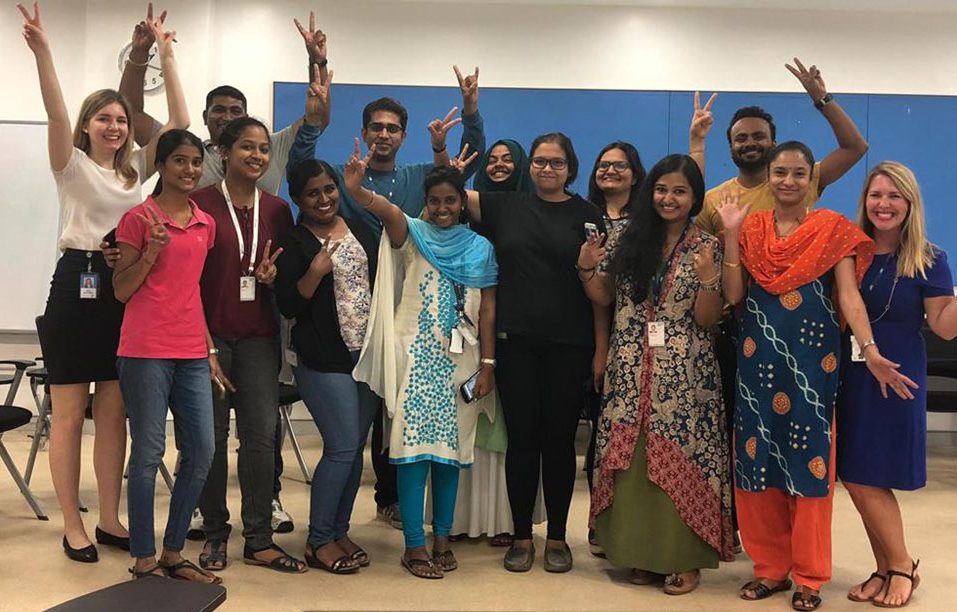 With appropriate skill development, one can get better jobs with better salaries. Skilled employees would offer better outcomes and more productivity. These will help employees have a better standard of living. Skill development at the grassroots level for the youth will help the economy and attract foreign investments. An individual can develop his/her skills and set up a business, thereby increasing the scope for employment in India.
With appropriate skill development, one can get better jobs with better salaries. Skilled employees would offer better outcomes and more productivity. These will help employees have a better standard of living. Skill development at the grassroots level for the youth will help the economy and attract foreign investments. An individual can develop his/her skills and set up a business, thereby increasing the scope for employment in India.

